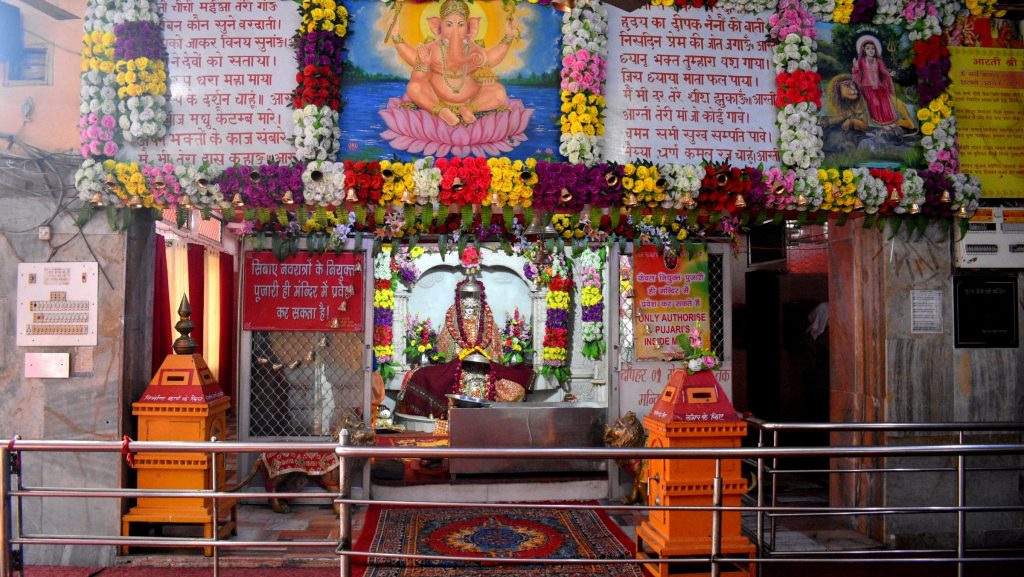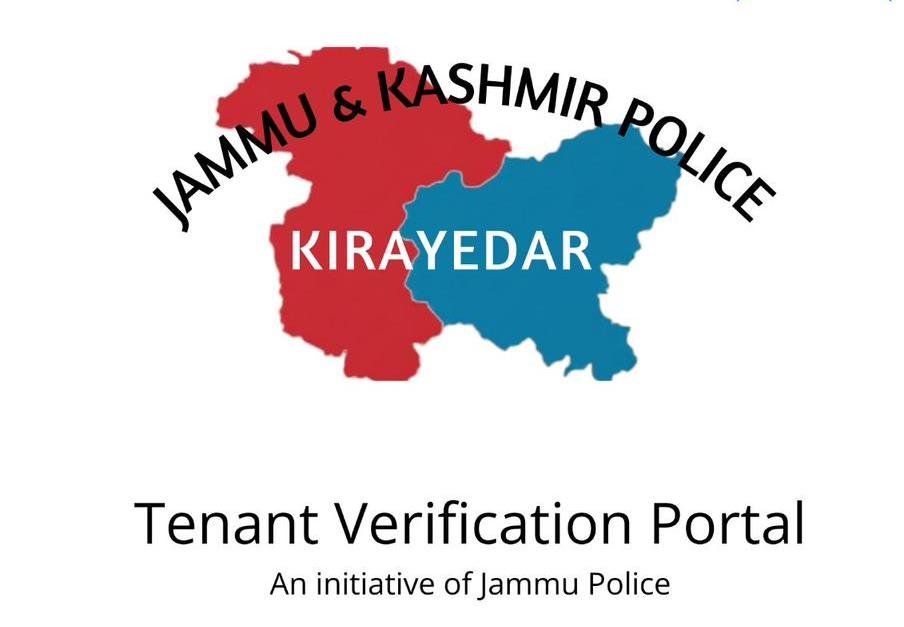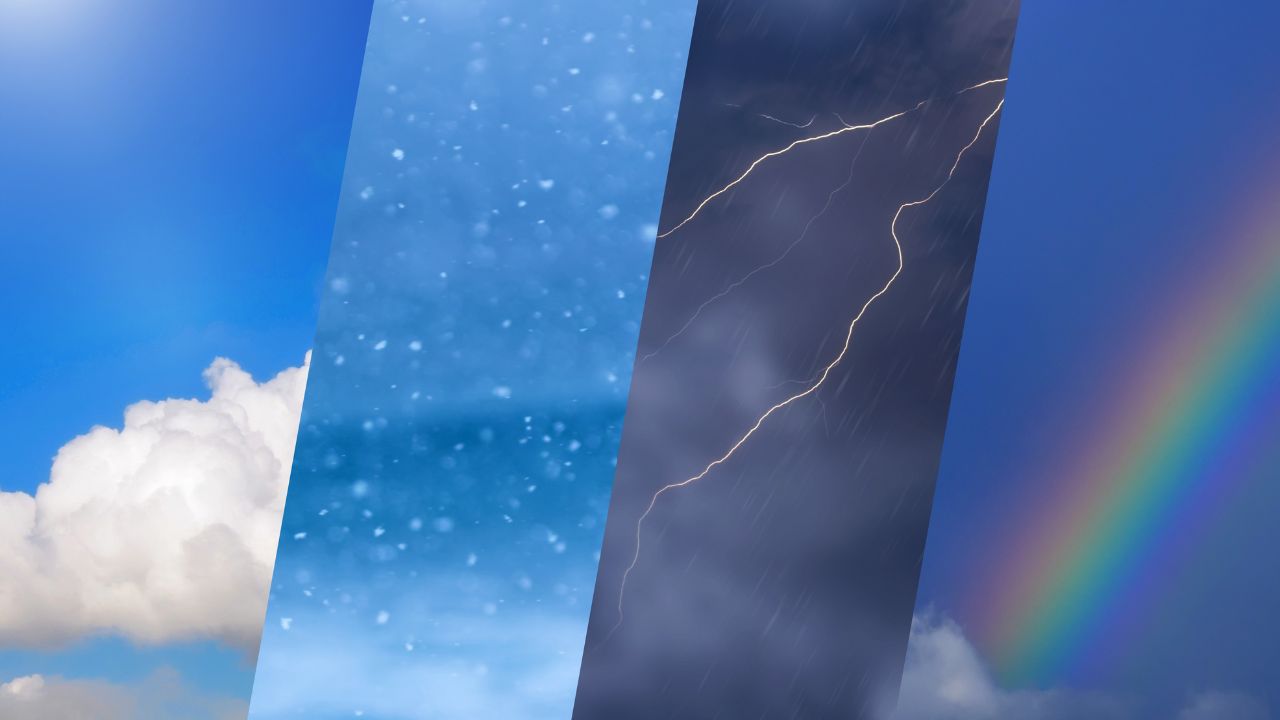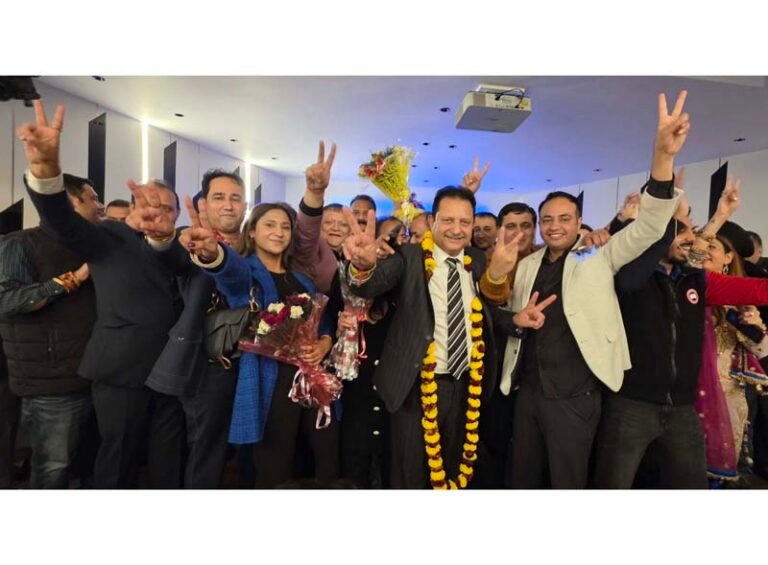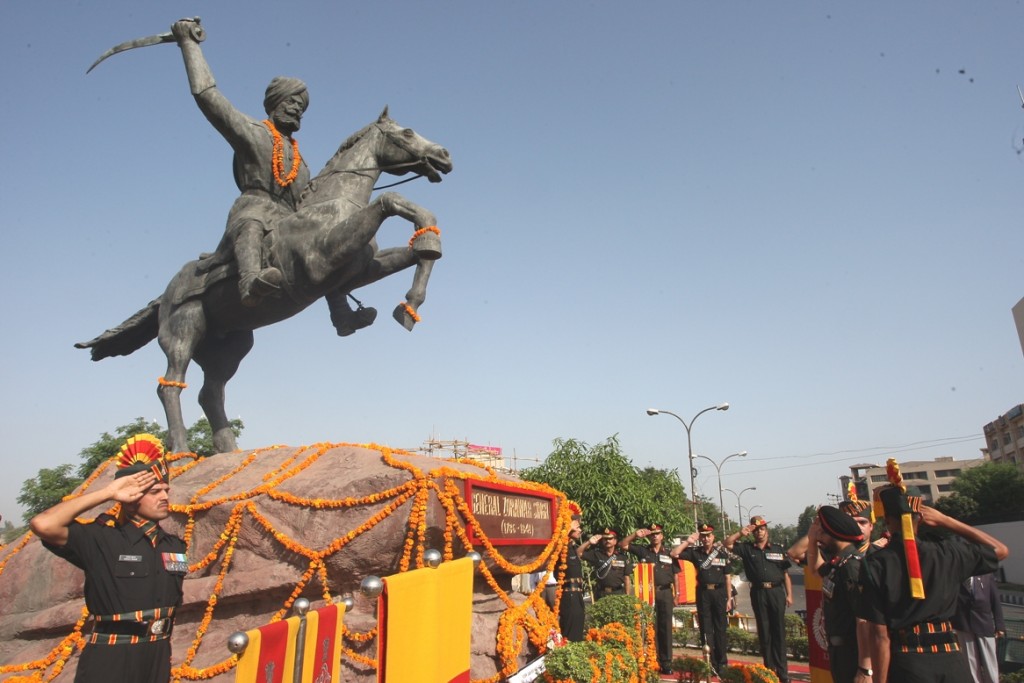Nestled in the tranquil surroundings of the Nandini Hills in Samba district, Jammu & Kashmir, the Chichi Mata Samba Temple stands as a revered Shakti Peeth, drawing pilgrims from far and wide. Known for its spiritual aura, mythological heritage, and natural beauty, the temple has emerged as a powerful seat of Goddess Sati’s divine energy, making it one of the most visited religious sites in the region. It is said to be the pehla darshan and integral part of the pilgrimage to the Shrine of Mata Vaishno Devi. The Yatra of Vaishno Mata remains incomplete unless one pay visit to Chichi Mata.
Mythological Significance: The Story of Maa Sati and Chichi Mata Samba Temple
According to Hindu mythology, the origin of the Chichi Mata Temple is rooted in the sacred tale of Maa Sati, the first consort of Lord Shiva. When her father King Daksha conducted a grand yagya (fire ritual) and purposefully excluded Lord Shiva from the guest list, Sati confronted her father, only to be insulted. Unable to bear the humiliation of her husband, she immolated herself in the sacrificial fire.
Heartbroken and furious, Shiva wandered across the universe, carrying Sati’s lifeless body. To end Shiva’s suffering and restore cosmic order, Lord Vishnu used his Sudarshan Chakra to dismember her body into 52 pieces, which fell across the Indian subcontinent. These became known as the Shakti Peethas, each representing a part of the goddess’s body.
It is believed that Sati’s smallest finger (Chichi) fell at this very site, giving the temple its name—Chichi Mata. This unique mythological link makes the temple one of the holiest spiritual destinations for devotees of the Divine Feminine.
Folk Legend of Chichi Mata Samba Temple: The Girl, the Pond, and Divine Revelation
In addition to scriptural references, local oral traditions add another layer of reverence to the temple. As per the Pujari (priest) and elders, about a hundred years ago, the Mahajan Biradari from Nanak Chack near Supwal built the temple after a tragic yet spiritually charged incident.
A young girl, who lost her mother at birth, was raised by her father. One day, she followed him as he went to graze cattle near the current temple location, close to the Basantar River. Misled by mischievous children who told her that her father had drowned, the innocent girl rushed toward a nearby pond, where she accidentally slipped and drowned in a marshy area.
When her father returned, he found only her small finger (Chichi) above water and soon discovered the truth. In grief, he cursed the children, declaring that they would worship the girl as their Kul Devi (family deity), and then took his own life. Since then, Mahajan and Brahmin communities have gathered at the temple to honor her spirit as Chichi Maa.
Chichi Mata Samba Temple: Navratri Celebrations and Ritual Highlights
The temple comes alive during Navratri, a festival celebrating the nine forms of Goddess Durga. Key events include:
- Flag hoisting on the first Navratra
- Kanya Pujan (worship of girls) symbolizing the goddess
- Jagran (night-long devotional singing) on Saptami (October 21)
- Bhandara (community feast) on Ashtami
During Navratras, the temple remains open throughout the day, with daily Aarti at 5:00 AM and 8:00 PM, unlike the regular schedule when it remains closed between 1 PM and 2 PM.
Chichi Mata and Her Divine Form
Worshipped as Chichi Maa, the deity is also considered a manifestation of Maa Charchika, another fierce form of Durga. Believers attribute the goddess with the power to heal ailments, remove obstacles, and bless devotees with protection and peace. Due to its sacred status and location, the temple is lovingly known as the “Gateway to Vaishno Devi.”
Read also: All About Nabha Mata Shaktipeeth in Jammu
The Sacred Basantar River: A River of Healing
Flowing near the temple complex is the Basantar River, steeped in its own divine history. As per legend, Samba, the grandson of Lord Krishna, was cured of leprosy after performing penance on its banks. The town of Samba owes its name to this legend. Pilgrims often offer prayers at the riverbank, symbolically touching the goddess’s feet through the water’s grace.
Temple Architecture and Premises
Though simple in design, the Chichi Mata Mandir exudes powerful spiritual energy. The garbhagriha (sanctum) enshrines the idol of the goddess, where offerings of flowers, vermillion, ghee lamps, and incense are made. The complex includes:
- Prayer halls and meditation spaces
- Dedicated spots for ritual offerings
- A platform with a view of the Basantar River
- A museum with portraits depicting the story of Chichi Mata
The peaceful ambiance, combined with the constant chanting of bhajans and ringing bells, offers visitors a deeply meditative experience.
Weekly Devotion and Spiritual Atmosphere
Sundays and Tuesdays are considered especially auspicious for Devi Puja, drawing local and regional visitors in large numbers. The temple resounds with devotional music, and prasadam is distributed among the devotees.
How to Reach Chichi Mata Samba Temple: Travel and Accessibility
Located near Samba town, the temple is easily accessible from major cities and pilgrimage routes:
- By Air: Nearest airport is Jammu Airport, about 45 km away.
- By Rail: Nearest station is Samba Railway Station.
- By Road: Regular buses and taxis operate between Jammu and Samba, and the temple lies just a short drive away from the main road.
Ample parking space and pilgrim accommodations are available, particularly during Navratri and major religious festivals.
Cultural Relevance and Community Bonding
Apart from its religious prominence, the Chichi Mata Temple plays a significant role in preserving local culture and tradition. It acts as a community hub, fostering unity among Mahajan and Brahmin families, and hosts seasonal congregations, discourses, and festive gatherings.
Many devotees report miraculous experiences, spiritual healings, and wish fulfillment after offering prayers at this sacred site, enhancing its legacy as a place of divine intervention.
The Chichi Mata Temple in Samba, Jammu & Kashmir, is more than just a temple—it’s a living expression of faith, mythology, and divine energy. As a recognized Shakti Peeth and a spiritual prelude to Vaishno Devi, this temple draws seekers of solace, strength, and sanctity.
Whether you’re on a pilgrimage or seeking an escape into the sacred hills of Nandini, a visit to Chichi Mata Temple offers an unforgettable spiritual journey rich with history, devotion, and divine grace.

